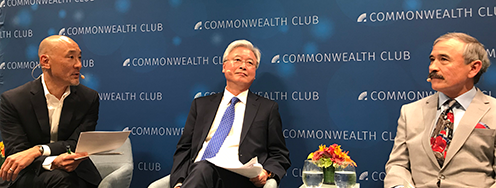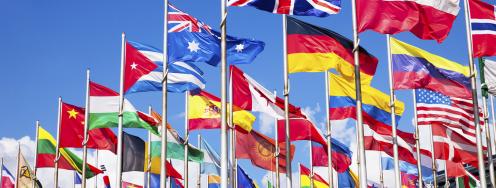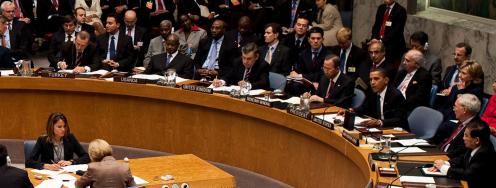Time to End Nuclear Testing
How many tests are enough before you know that nuclear weapons are unacceptably destructive? The answer, it seems, is 2,053. That is the number of nuclear tests conducted worldwide since the Manhattan Project’s initial Trinity explosion in Los Alamos, New Mexico in 1945. Shockingly, over half of these tests have taken place here in the United States.
This week’s National Day of Remembrance Against Testing – the first ever - gives us a reason to reflect on the lasting impact of over sixty five years of nuclear weapons testing, and highlights the importance of the Comprehensive Test Ban Treaty (CTBT), an international treaty meant to ensure that nuclear testing is banned forever.
In the early stages of nuclear testing, the devastating and long-lasting power of radiation was not fully realized. Thousands of Americans were exposed to toxic levels of radiation, causing cancers, birth defects and in some extreme cases, the displacement of communities. A study done in 2003 by the Centers for Disease Control estimates that as many as 11,000 people died due to these explosions. Today, many others are still suffering from illness and complications caused by testing. Radiation exposure and environmental damage continue to haunt residents in Nevada, where over 1,000 of the tests took place.
Japanese artist Isao Hashimoto created an unnerving visual of the world’s nuclear tests, a project he began in 2003 with the goal of illustrating "the fear and folly of nuclear weapons.” It’s a striking reminder that we did indeed wage nuclear war – on ourselves.
Efforts to secure an international treaty banning nuclear testing, CTBT, was dealt a major blow when the U.S. Senate opted not to ratify the treaty in 1999. Today, we are one of only eight nations who have yet to sign on to CTBT. Agreeing to CTBT would give the United States leverage and validity in dealing with countries on the brink of developing nuclear programs, such as Iran. The US has not tested weapons at all since 1992, and technologically seems unlikely to need additional testing in the future.
With the passage of the New START agreement with Russia in 2010, the US has already made significant reductions in the amount of weapons in our stockpile and sent a message to the rest of the world – that nuclear weapons are not an asset, but a liability.




